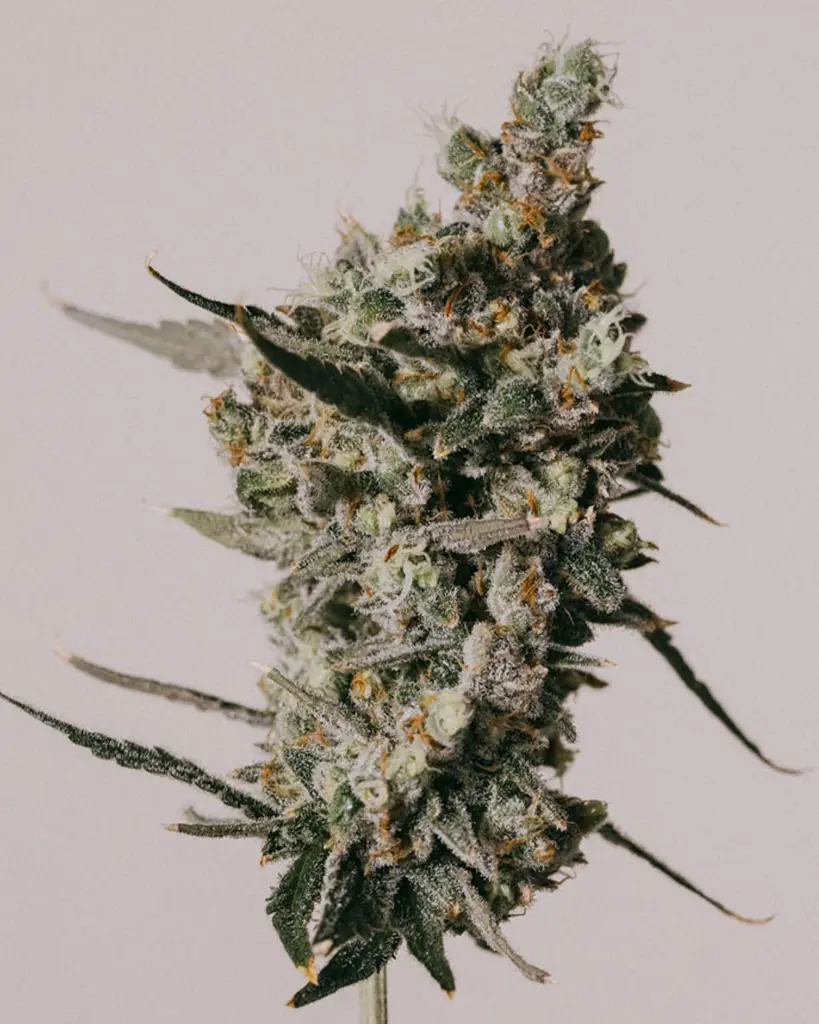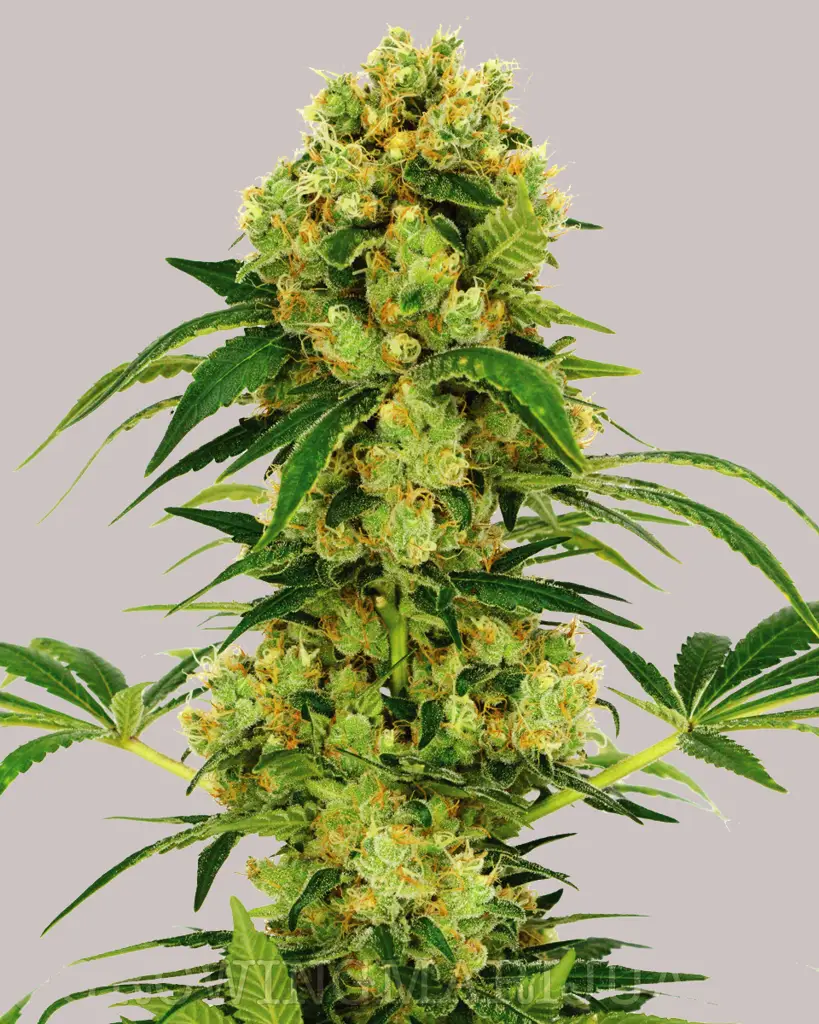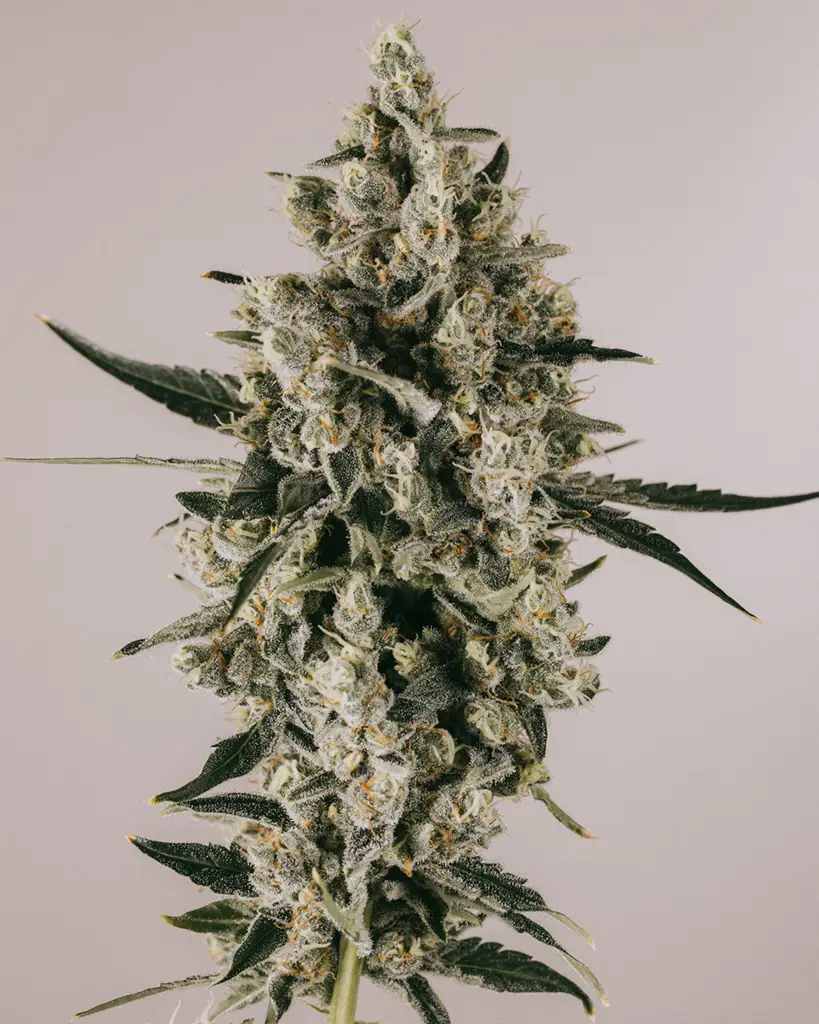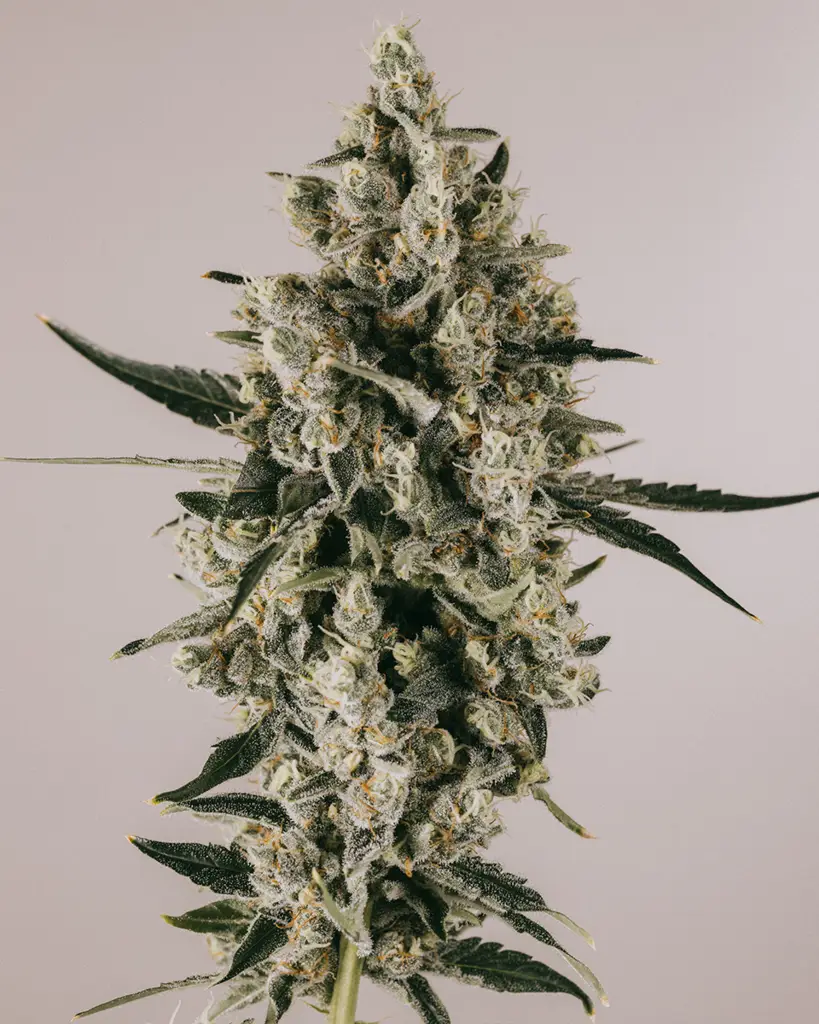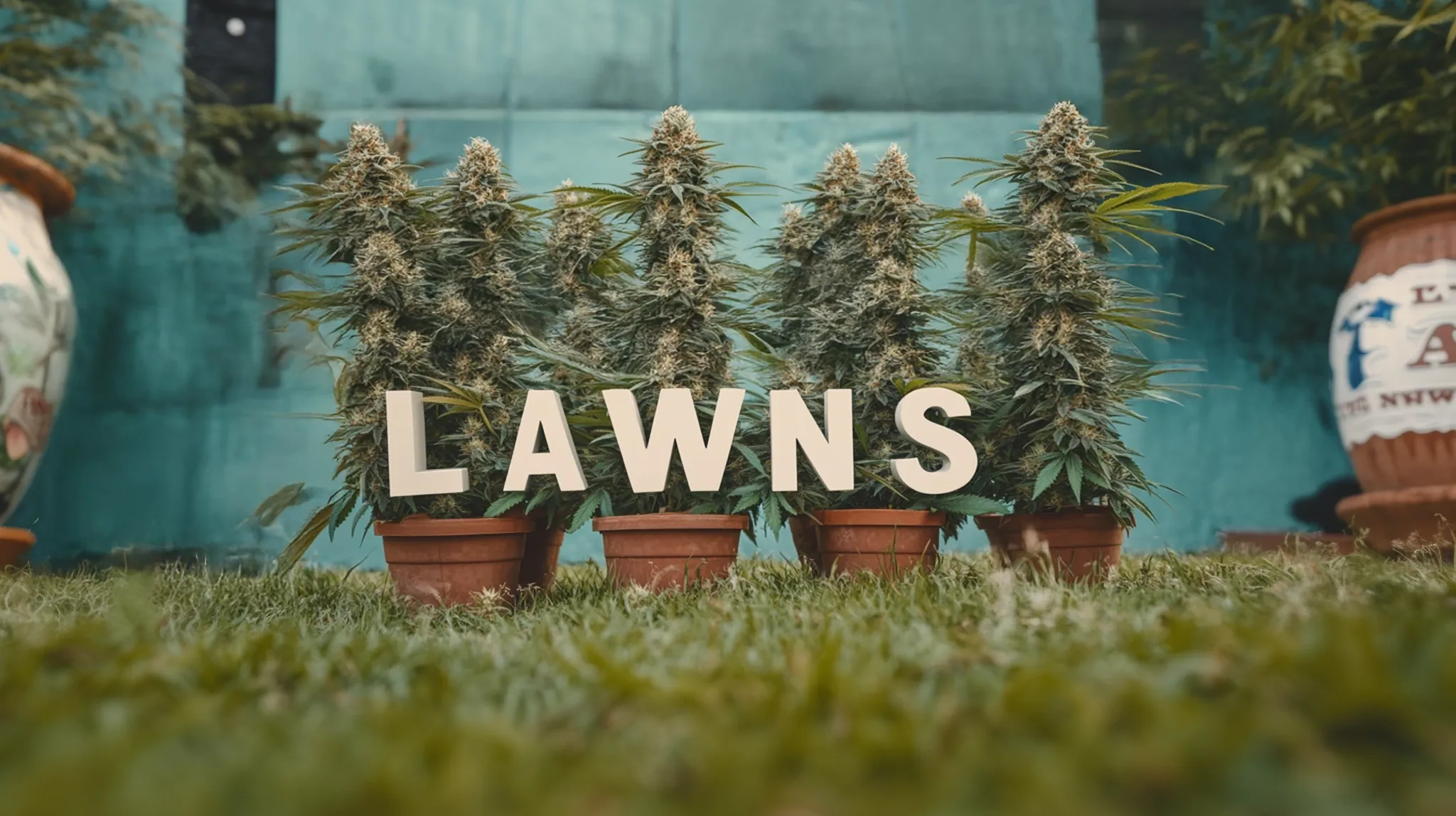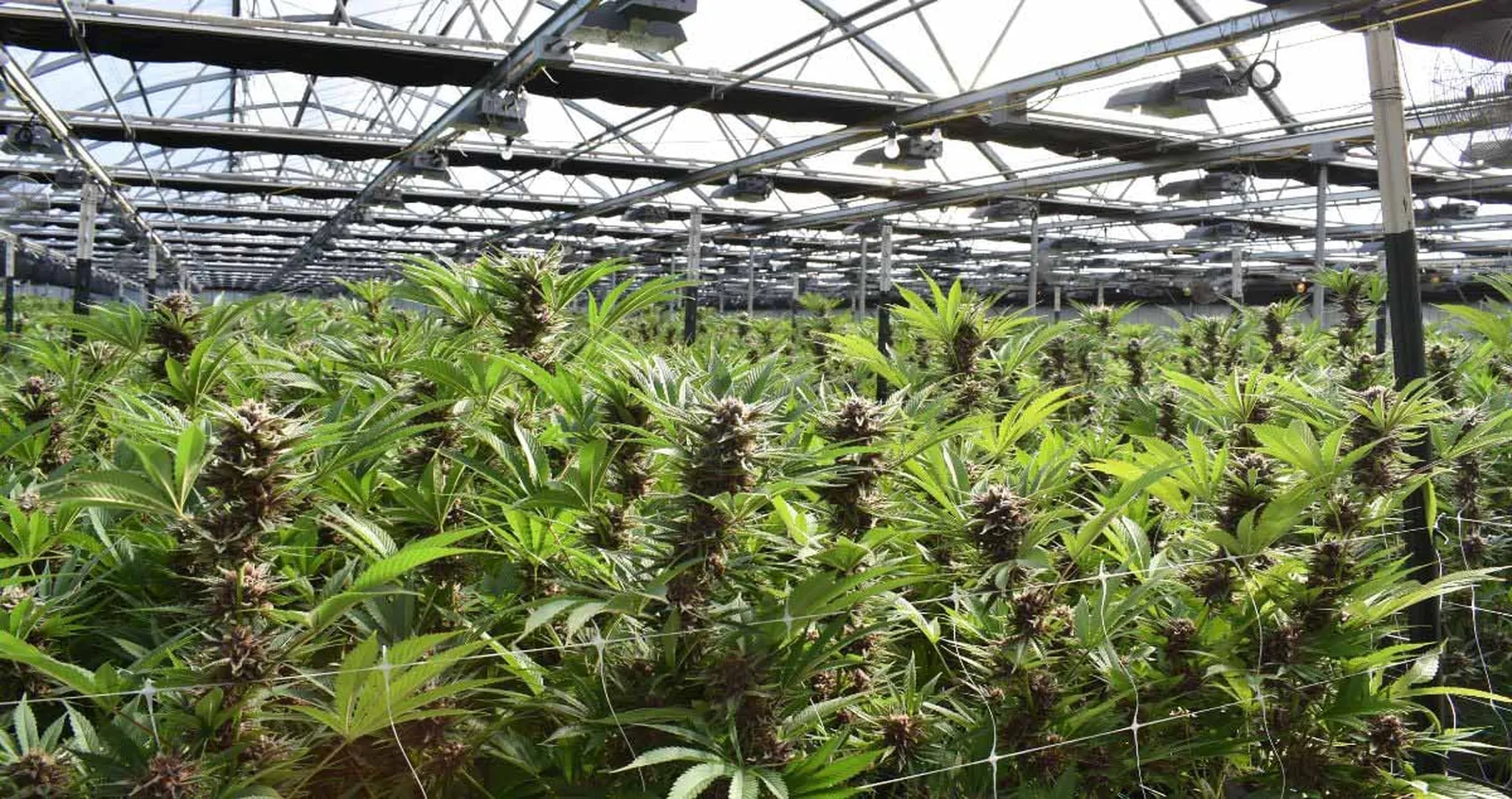
How To Train Your Cannabis Plants
Before we start tossing around training methods, let’s make sure we know why we’re here. Using cannabis training techniques is like giving your plants a growth plan.
Table of contents
Instead of letting them do their own thing—which often means growing tall and lanky—you guide them to grow in a way that maximizes light exposure and increases the number of bud sites. This leads to higher yields, more efficient use of space, and overall better results. And it doesn’t take much. Simple tools and patience are enough for effective cannabis plant training.
Start cannabis plant training early in the vegetative stage for best results. Avoid overtraining and late-stage stress. With a few simple tools like plant ties, scissors, and trellis netting, you can train your plants to grow more buds and boost your yields.
Too Long, Didn't Read
Training Plants: Training your plants can result in larger buds at harvest
Requirements: Most techniques can be done without any special tools to buy
LST (Low-Stress Training) is gentle and includes cannabis bending techniques for branches and light trimming.
HST (High-Stress Training) involves cutting or breaking stems for bigger growth.
When to train: Most plant training should be done during the vegetative phase.
Beginner Techniques: Low-Stress Training (LST)
Low-Stress Training (LST) is a cannabis training method that can be compared to guiding a plant's growth without shocking it too much. Think of it as gently nudging it in the right direction. LST doesn’t involve cutting or snapping anything, instead, we use cannabis bending techniques, so it’s perfect for beginners who want to train their plants without the risk of slowing down their growth. Stems are more flexible and easier to bend/train during the vegetative period.
Bending and Tying Method
This one’s all about using cannabis bending techniques on branches and tying them down. As the plant grows, you guide it sideways, letting more light reach every part of it. The result? More bud sites and an even canopy. The key is to do this gradually so you don’t cause too much stress. A little patience here goes a long way.
Broken branch? No worries. Cannabis plants are amazing for the abuse they can take. Grab some tape and popsicle sticks and put that branch back into place. Wrap it up tight, and in a few weeks, it will start to fuse back together.
Defoliation
This cannabis training technique involves removing a few select leaves here and there to improve airflow and light penetration. It’s pretty straightforward—just take off the leaves that block light from hitting the lower parts of the plant. It’s minimal stress but very effective at ensuring better light distribution. Defoliation can be awesome at helping avoid powdery mildew (PM) inside the canopy too.
Sea-of-Green (SOG)
For those growing lots of small cannabis plants in a confined space, this is the perfect cannabis training method. You remove all of the side branches and flip the plants into flowering early, which keeps them small but productive. The idea is to grow a “sea” of short plants with one big bud each. It’s simple, effective, and maximizes space.
Screen of Green (SCROG)
Similar to SOG, but with SCROG, you leave the branches on, and you use a screen or net to guide the growth of your plants horizontally. By spreading out the branches, you ensure each bud site gets equal light. It’s an easy training technique, keeping an even canopy, getting the most out of your lighting, and increasing your yields.
High-Stress Training (HST)
If you’re feeling a bit more confident, you can explore High-Stress Training (HST). These cannabis training methods intentionally stress your plant by cutting, bending, or breaking it—but don’t worry, cannabis plants are resilient! The goal here is to trigger the plant’s natural defense mechanisms, which can actually increase bud production.
Topping & FIMing
Topping involves cutting the main stem of your plant after it grows a few nodes, usually four to seven. By removing the top, you encourage two new branches to grow in their place, giving you more main colas. FIMing is a similar training method for cannabis but less precise—you only snip about 75% of the tip, which results in even more branches.
Lollipopping
This technique focuses the cannabis plant’s energy on the upper bud sites by removing all the lower growth. Picture a lollipop—the top is where the buds are, and the stick (or stem) is clean. This cannabis training method is great for getting rid of those tiny, “larfy” lower buds that won’t get enough light and no one likes to trim.
Mainlining/Manifolding
Mainlining takes topping to another level and turns it up to 11. It’s a systematic way to create an even structure of main colas by topping and training the plant into a symmetrical form. It’s a more time-consuming cannabis training method because the plant will take a longer time to recover, but it can result in a well-shaped, high-yielding plant.
Super Cropping
Here’s where it gets a little wild. Supercropping involves bending your plant’s branches to the point where you feel the inner tissue “crack,” but without breaking the outer layer. It sounds rough, but trust me, it helps create stronger, bushier plants that can support bigger buds. Gently roll the stem between your fingers, and with enough pressure, you’ll feel a squish.
Monster Cropping
This method involves taking clones from a flowering plant and forcing them back into the vegetative stage. The stress of this transition makes the plant grow in a unique way—bushier and with more branches. It’s definitely not for autoflowers, but it can give photoperiod plants a crazy boost in bud production.
Should I Train My Cannabis Plants?
So why go through all this effort? Well, you don’t have to do it; however, by training your plants, you’re optimizing how they grow. Instead of letting them shoot up tall with just one or two big colas, you’re helping them spread out growth energy, making use of all available light and space. More light hitting more bud sites means bigger buds and higher yields. Cannabis plant training also improves airflow, reduces humidity pockets, and ensures the plant focuses on producing quality top buds instead of wasted lower growth.
When Should I Start Training Cannabis Plants?
Timing is key. The best time to start training is early in the vegetative stage. This is when your plants are strong enough to handle the stress but haven’t yet started focusing their energy on flowering. If you’re using HST methods like topping, aim to do it after the cannabis plant has grown about four to seven nodes. For LST, you can start bending and tying down as soon as the branches are long enough.
Avoid These Mistakes When Training Cannabis Plants
Even though cannabis is pretty tough, there are a few pitfalls to avoid:
Over-training: It’s tempting to go all in, but too much stress can stunt growth. Less is more, especially for beginners.
Late training: Once your plant starts flowering, it’s too late for most training methods. Focus on supporting the plant at that point.
Snapping branches: Be gentle! Slow, steady movements are your best friend when bending branches. Work the stem between your fingers to soften it first.
Not giving recovery time: After any HST, give your plant time to bounce back before applying more stress.
Don’t tie the wire too tight around the branch. It will continue to grow larger/thicker.
Tools Needed for Training Cannabis Plants
Cannabis plant training techniques don’t require fancy tools. Here’s what you’ll need to get started:
Soft plant ties: For LST, you’ll need ties to hold down the branches. Rubber coated is preferred.
Sharp scissors: Necessary for topping, FIMing, and pruning.
Plant tape: In case you accidentally snap a branch during supercropping, tape can help the plant heal. (I've used all kinds of tape; scotch tape, duct tape, electrical tape)
Trellis nets: These are for SCROG setups to guide your plant’s growth.
What’s the Right Training Technique for Your Cannabis Plants?
The right method depends on your grow goals and how comfortable you are with the process. For beginners, LST is a great place to start. It’s simple, effective, and won’t stress out your cannabis plants too much. Once you feel more confident, you can experiment with HST techniques like topping or supercropping.
Remember, you don’t have to use every technique all at once. Pick what works for your setup, try it out, and see how your plants respond. Happy growing!
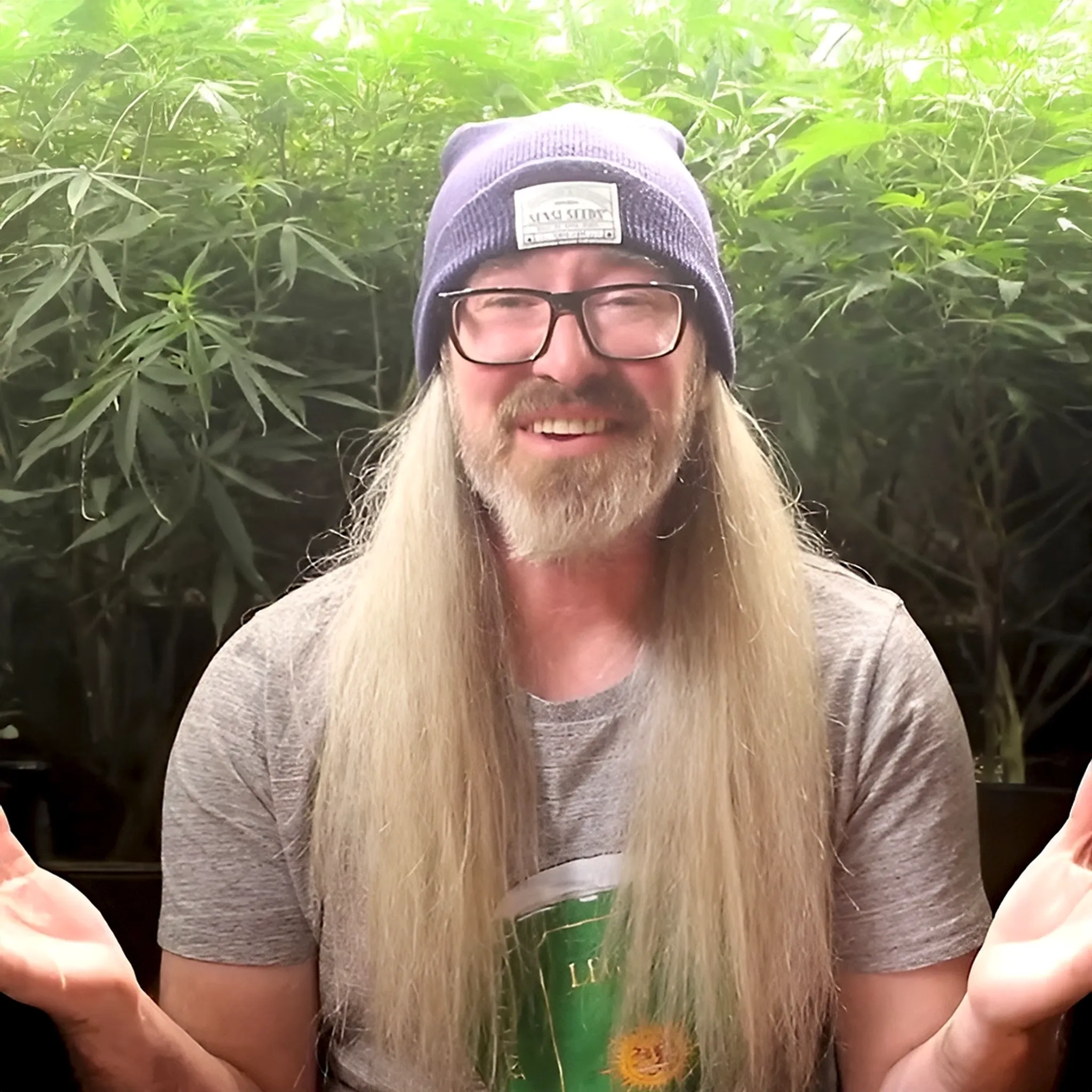
Chad Westport
Chad Westport, a lifelong grower, breeder & cannabis educator, specializes in controlled environment ag with a degree in sustainability.
Continue Reading
You might also find these interesting.
